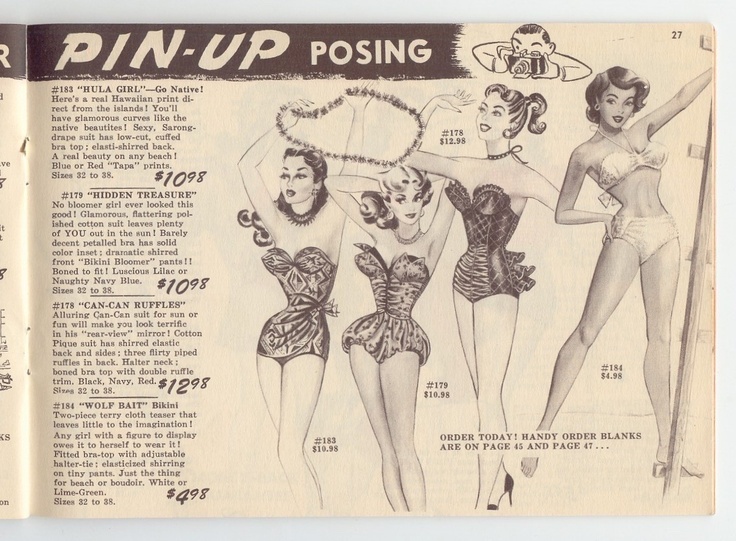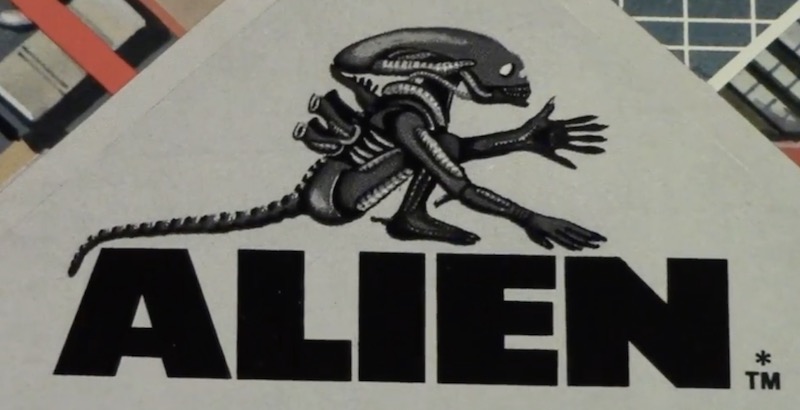
A page from one of Frederick Mellinger’s famous ‘Frederick’s of Hollywood’ catalogs. Mellinger is pictured, with what I imagine was a permament grin, just below the word ‘SEX.’
“I never listen to Paris designers . . . they don’t dress women for men.”
—Frederick’s of Hollywood founder Frederick Mellinger on what made him successful.
You have to give Frederick’s of Hollywood founder, Frederick Mellinger a lot of credit. After lying about his age, Mellinger scored a gig at a women’s “intimate apparel” company when he was only fourteen. The veritable dream job quickly helped acquaint Mellinger with the ins-and-outs of the mail-order business though he would later be fired from his job for suggesting that the company add *gasp* black undergarments to its catalog. During a stint in the army Mellinger became hip to the existence of the “pinup girl.” His new awareness would end up being a tipping point for the young entrepreneur who headed to New York City to open the first Frederick’s headquarters in 1946 right on Fifth Avenue which he dubbed “Frederick’s of Fifth Avenue.” Within a year’s time, Mellinger moved his base of operations to Hollywood Boulevard.
I’m sure most of you out there are at least somewhat acquainted with what Mellinger would end up calling Frederick’s of Hollywood. Those three words are undeniably synonymous with girlie garments like push-up bras, crotchless panties, and other skin-tight delights, many of which were black. While he was still doing business in New York, Mellinger couldn’t get a magazine or newspaper to run illustrated ads for his racy garment because they considered them to be “pornographic.” Once he relocated his headquarters to Los Angeles and opened the first of what would eventually become 160 retail locations in 1947, everyone from exotic dancers to bored housewives started snapping up his enticing designs. Then, while on a business trip to France that same year, he bore witness to his first bikini-clad woman. Mellinger brought back as many French bikinis as he could which he promptly sold without effort back in Hollywood. Then something happened that would prove to be a linchpin to Frederick’s future success that involved the cops and one of their bikini-loving fans.
A lucky girl who happened to score one Mellinger’s French bikinis was arrested on Venice Beach while wearing it and was charged with “indecent exposure.” The papers went wild and widely published stories accompanied with scandalous images of the poor girl being cuffed and stuffed into a police car. Orders for anything and everything from the Frederick’s of Hollywood catalog went through the roof, and it would be almost 40 years until the company would post their first ever loss in 1984. Through it all, it was Mellinger’s determination to continue to push the boundaries of lingerie design that led to, among other things, the invention of the thong panty and edible panties. Well done, Mr. Mellinger, well done.
When I came across the illustrations used during the early days of Frederick’s, I had not seen them before. Most likely since I mostly associated the catalog with the real-life model sleaze of the 80s. The discovery has led me to pursue the acquisition of one of their vintage catalogs that pre-date the mid-70s, which are sadly hard to come by these days. So, for the time being, we will all have to live vicariously through the images below, some of which are NSFW.

1954.

More sexy stuff after the jump…






















.jpg)








